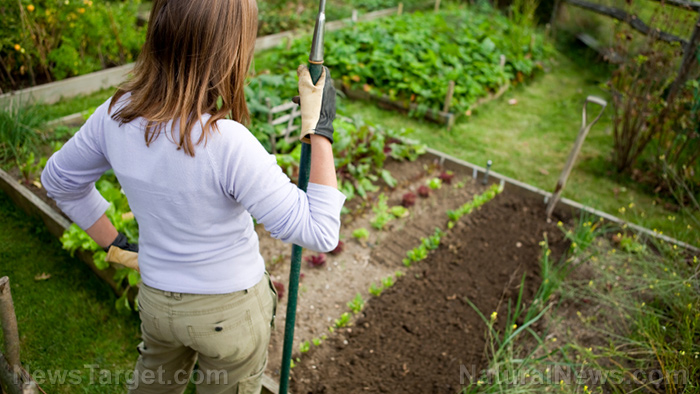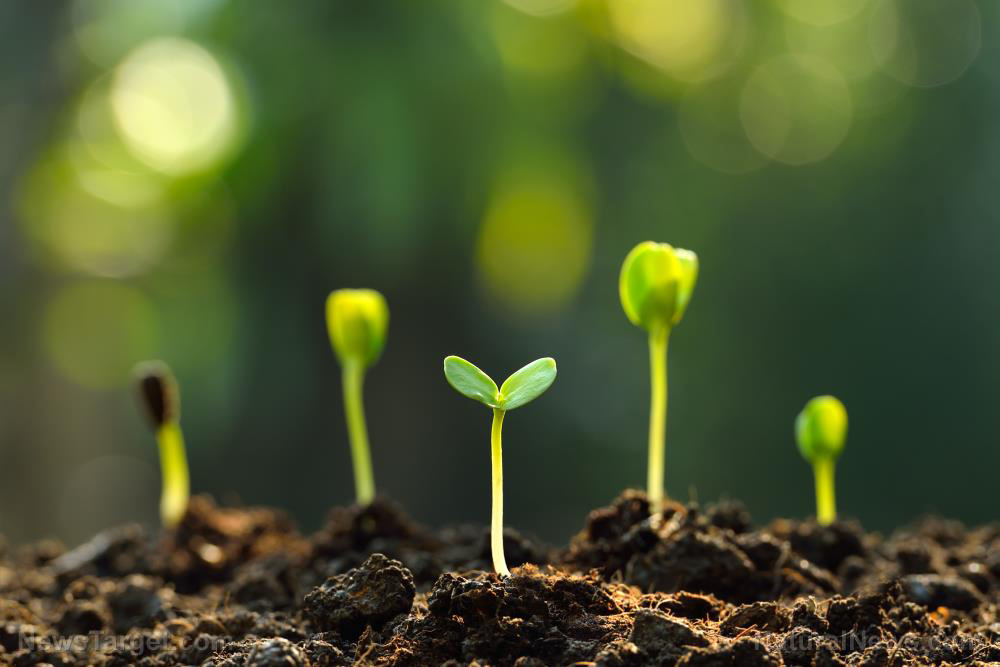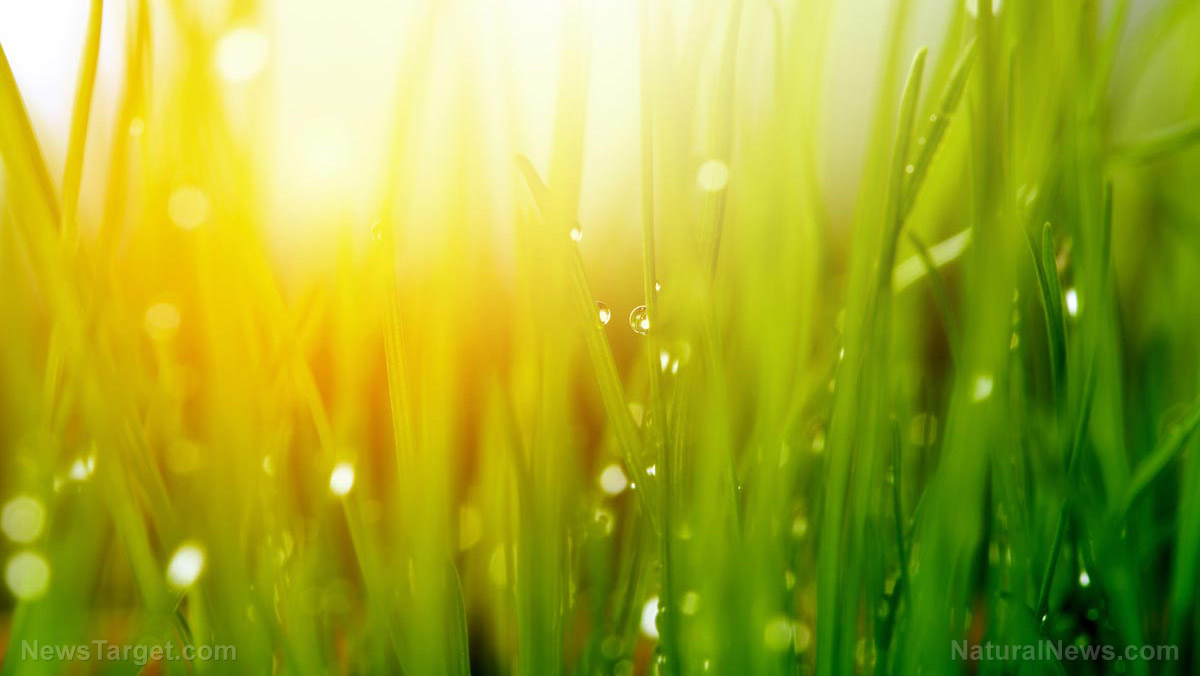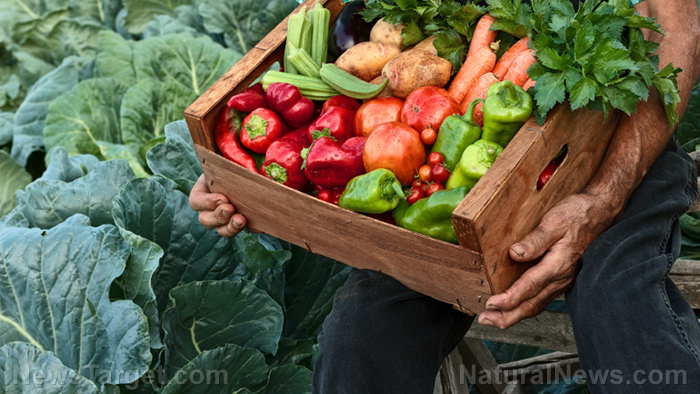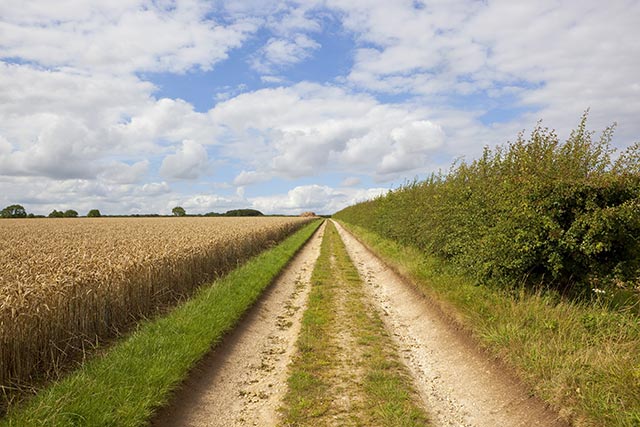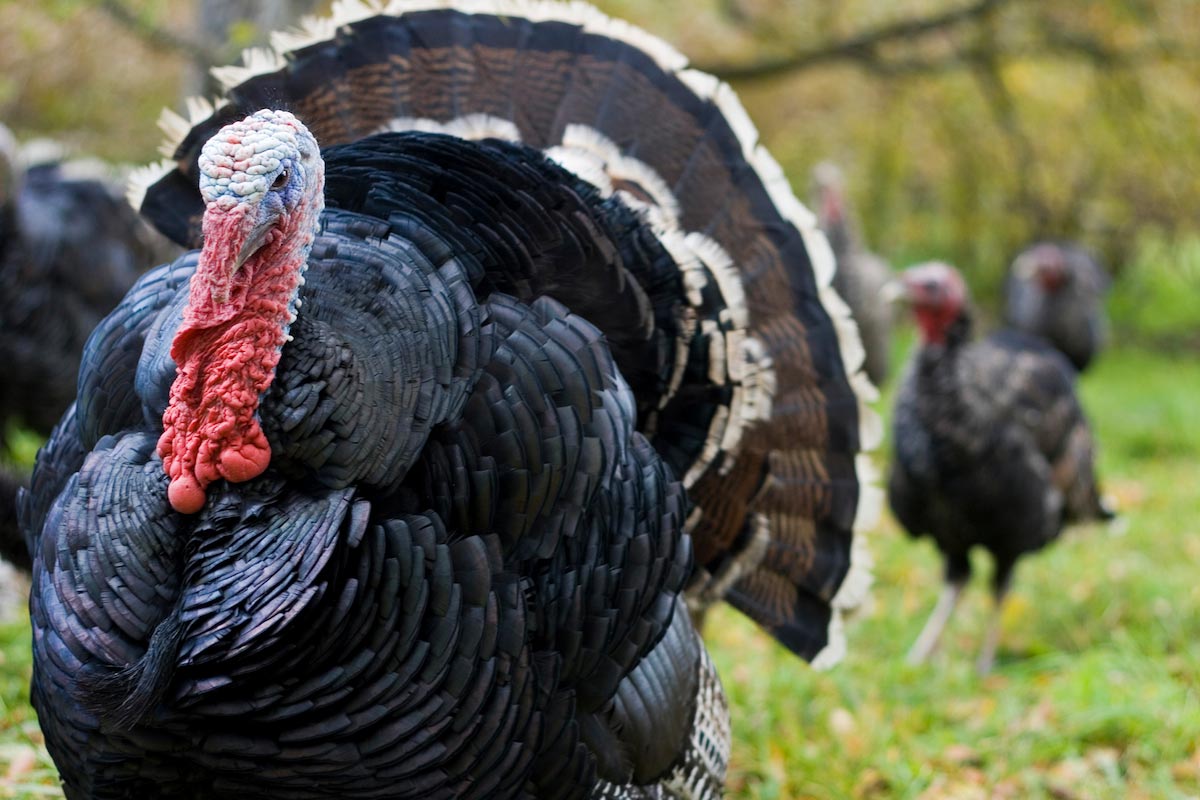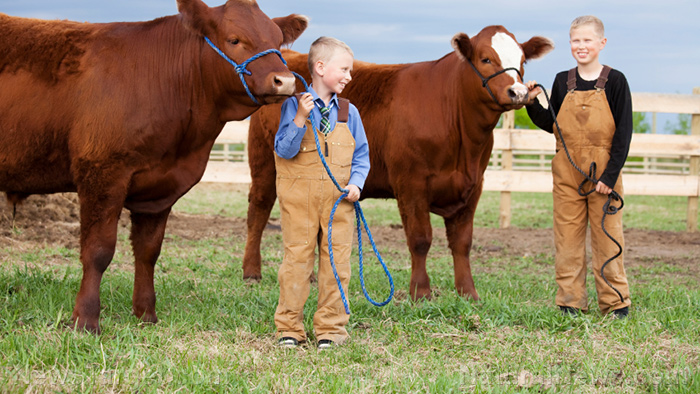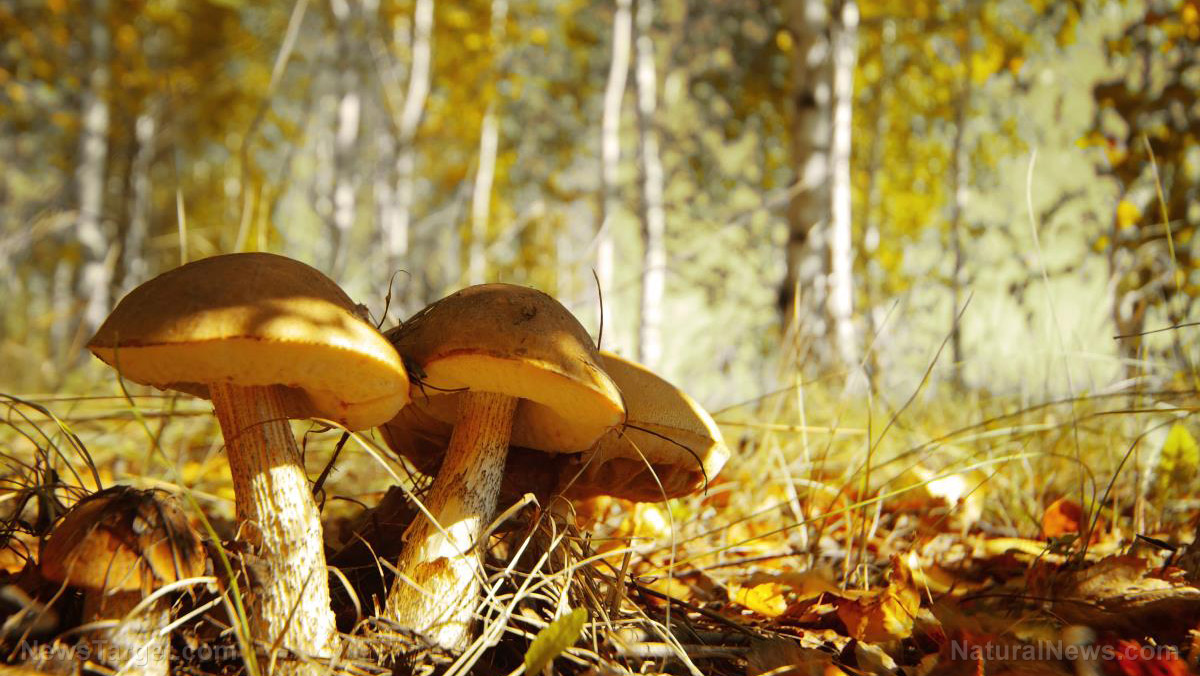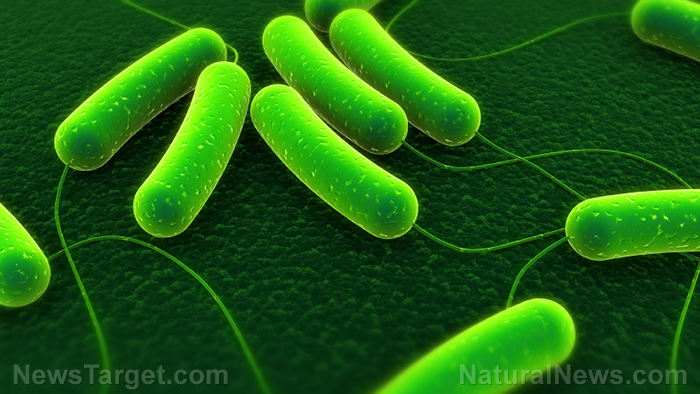Investigating the optimum soil and water characteristics to achieve the highest yield potential of “Spunta” potatoes
09/12/2018 / By Edsel Cook
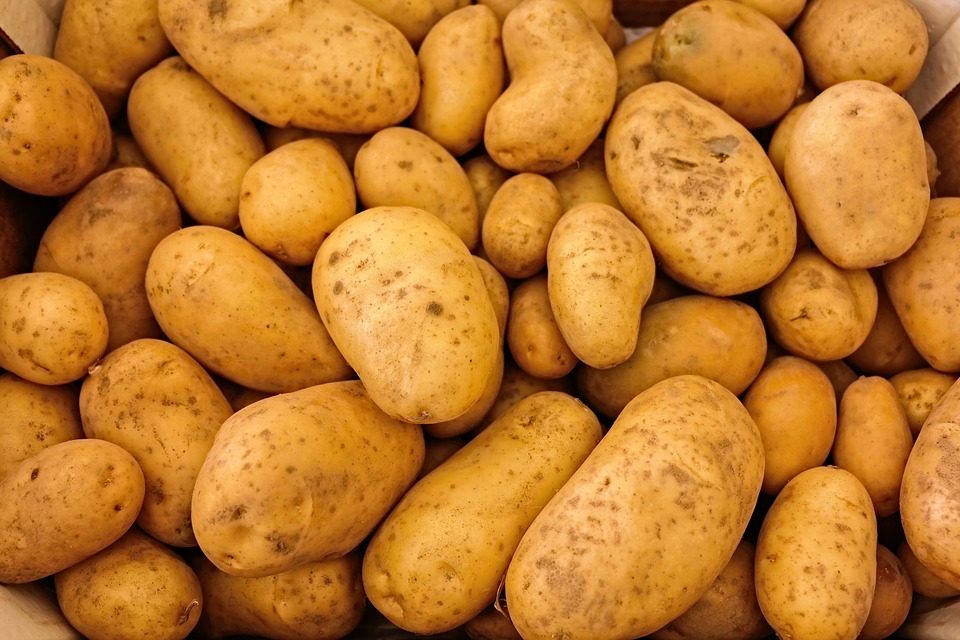
Saudi researchers sought to determine the texture and characteristics of soil that can improve the productivity of potato crops. They compiled a soil and water quality index (SWQI) that established the optimal soil and water characteristics for maximizing crop yield and quality.
The research project was supported by the King Saud University. Its results came out in the Chilean Journal of Agricultural Research.
- Separate studies determined the effect of the quality of irrigation water and soil texture on the crop yield, the efficient use of water, the tensile properties of tubers, and the tuber shape index of the Spunta cultivar potato. The data was compiled into the SWQI.
- The SWQI covered these factors for both soil and water: The adsorption ratio of sodium, the ability to conduct electricity, and the pH level. It also included the amount of organic material and the texture index of soil.
- Spunta cultivar potatoes were grown using a center pivot irrigation system. Several plots used varying amounts of water and soils with different properties.
- The highest potato yield was 37.79 tons per hectare from plots with SWQI value of 30.93 percent. The most efficient use of water was 6.83 kilograms per cubic meter at SWQI value of 79.63 percent.
- The tuber modulus of elasticity rose alongside the SWQI. Furthermore, the potatoes grown at SWQI of 21.7, 30.93, and 79.63 percent tended towards long and very long shapes as set by the tuber shape index.
The researchers concluded that the SWQI will be able to shed light on the interactions between the various properties of a potato crop.
You can examine the full study at this site.
Meanwhile, Harvest.news contains more news about agricultural advancements.
Journal Reference:
Al-Hamed SA, Wahby MF, Aboukarima AM, Marazky MSE. EFFECT OF SOIL AND WATER CHARACTERISTICS ON YIELD AND PROPERTIES OF ‘SPUNTA’ POTATOES. Chilean Journal of Agricultural Research. September 2017;77(3):250–256. DOI: 10.4067/s0718-58392017000300250.
Tagged Under: crop, crop yields, Potato, potatoes, sodium, soil and water quality index, soil quality, spunta potatoes, tubers

